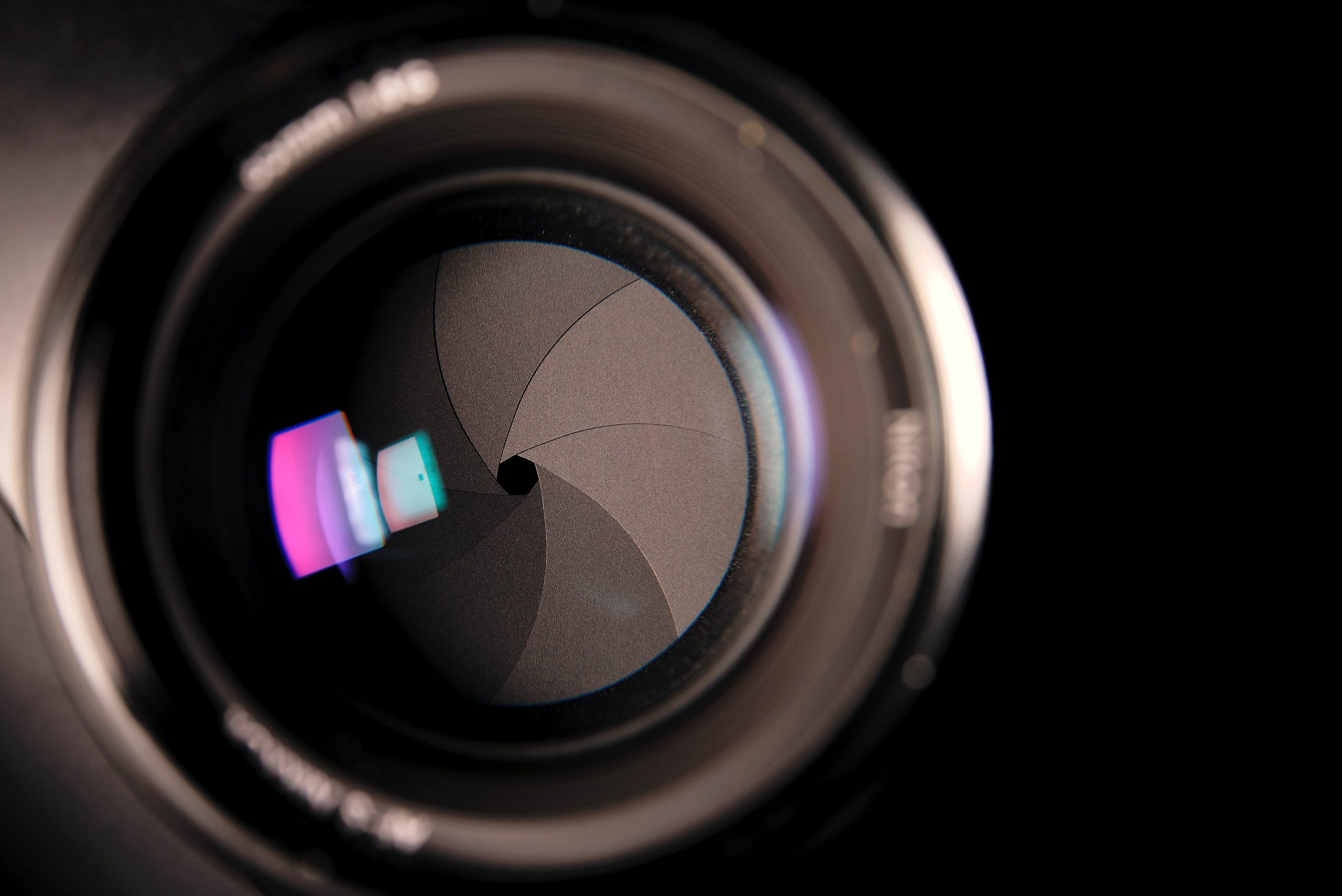
What is Shutter Speed?
To start, let’s define what shutter speed is. It refers to how long the camera’s shutter remains open to let light hit the sensor. This affects how motion is captured in the resulting image or footage. In digital cinema it is usually shown in fractions of a second, such as 1/60 or 1/125.
One thing to consider when adjusting your speed settings is motion blur. A faster shutter will freeze motion and produce less blur. A slower shutter will introduce more blur and create a sense of motion. This can be important when shooting fast-moving action scenes or sports footage.
The Connection to Frame Rates
Another factor is the connection between shutter speed and frame rate. If you’re shooting at 24 frames per second you’ll likely want to use a speed of 1/48 or 1/50 to create smooth motion. If you’re shooting at a higher frame rate like 120 fps, you might use a faster shutter to prevent too much motion blur.
What is Shutter Angle?
It’s also important to highlight the difference between shutter speed and shutter angle. Shutter angle refers to the angle of rotation of a mechanical shutter in a film camera, while shutter speed refers to the length of time the shutter is open in a digital camera. When shooting with a film camera, you’ll typically use a shutter angle to determine the amount of motion blur in your footage.
Creating a Look with Shutter Speed
This technique can also be used creatively to achieve different looks and effects. For example, using a slower shutter in low-light situations can help you capture more detail, while a high-speed shutter can help you freeze fast-moving objects or create a stylised, choppy effect.
Using Neutral Density Filters
If you’re shooting in bright light, you may need to use a neutral density (ND) filter to control your speed. ND filters reduce the amount of light entering the camera without affecting the colour or contrast of the image. This can help you achieve a shallow depth of field or use a slower shutter in bright sunlight.
Shutter Speed and Dynamic Range
You can also impact dynamic range, which refers to the range of light and dark areas in your footage. Using a slower shutter can help you capture more detail in both bright and dark areas. A faster shutter may result in loss of detail in one or the other.
Shooting Time-Lapse of Slo-mo Footage
Finally, if you’re shooting time-lapse or slow-motion footage, you’ll need to carefully consider your shutter speed. For time-lapse, you may want to use a slower shutter speed to capture more detail and create a smoother motion, while for slow-motion, you’ll need to use a faster shutter speed to prevent too much motion blur.
In conclusion, understanding shutter speed is crucial for working in photography, videography, or filmmaking. By mastering these techniques and considerations you can create stunning, cinematic footage that captures motion and tells a story.

